
Physicist & Owner
Years of experience in prototype and product development. Knowledgable in design, mechanics, electronics and software. M.Sc. in Physics.
The focus of our business is the development of prototypes and finished products. We will guide you from the first idea to the finished prototype or even to a product ready for production.
A prototype is made to test an idea. For us it is important that you know as quickly as possible whether your idea works or not.
Therefore we rely on these four pillars to find out what you and your customer needs:
Design Thinking
Often an idea is quite refined, but sometimes it needs some more work to find out what to test with a prototype or what product a customer needs. Therefore we use the innovation method "Design Thinking" on a regular basis.
Mechanics and Design
The best way to communicate a product is through form and function. Therefore many projects have a mechanical or design part. Previously modeled at the computer, we fabricate functional or design prototypes with high speed and quality in our workshop.
Electronics
Sensors and actuators are needed to let prototypes and products interact with their environment. These are typically connected to printed circuit boards, which we design at the computer. Then we either manufacture them in our laboratory or order them through our supply chain.
Software
In the end software brings life to the prototypes. We are able to develop these on desktops, microcontrollers and smartphones. For complex SW projects we have access to a network of freelancers to support us.
Our philosophy is to be able to work on all aspects of your idea, which makes development faster and increases the quality of the end result.
We have demonstrated this already in past projects:
What we have done so far and are allowed to show - A selection.

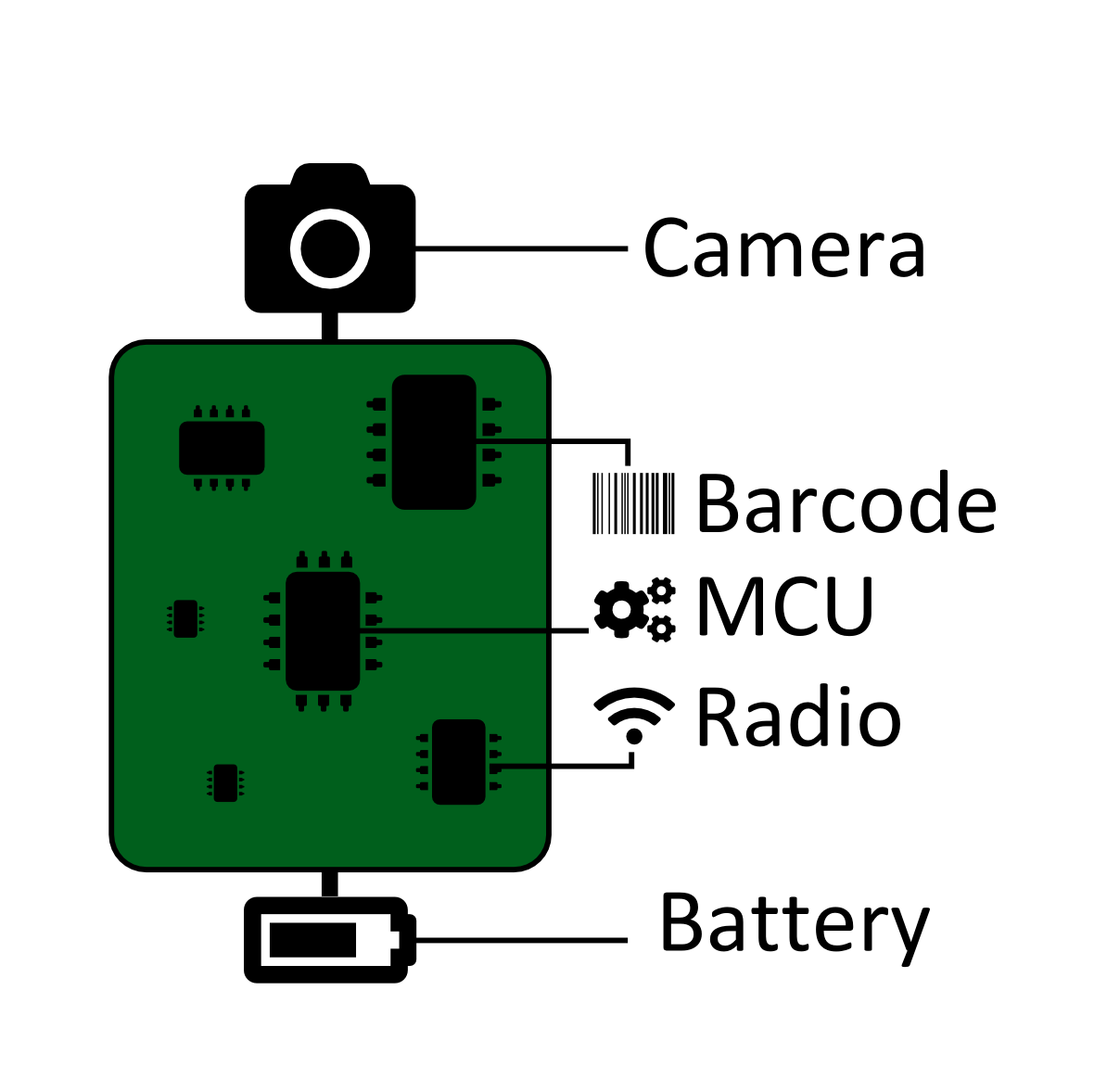
First functional prototype for the Intel „Make it Wearable“ challenge for the Proglove founder team. For this prototype acceleration sensors, a display, stretch sensors, a RFID reader and as a brain the Intel Edison SoC were integratet into a glove. The result was the third place and a 100.000$ price.
More information about the startup: Proglove
Mechanics
Electronics
Software
 : Production
: Production
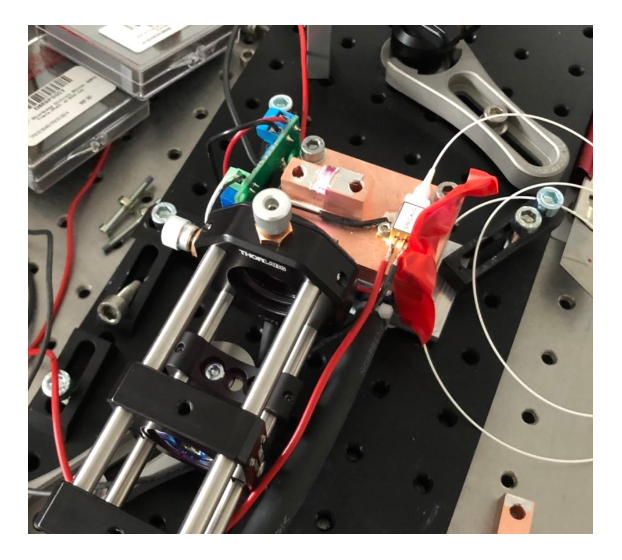
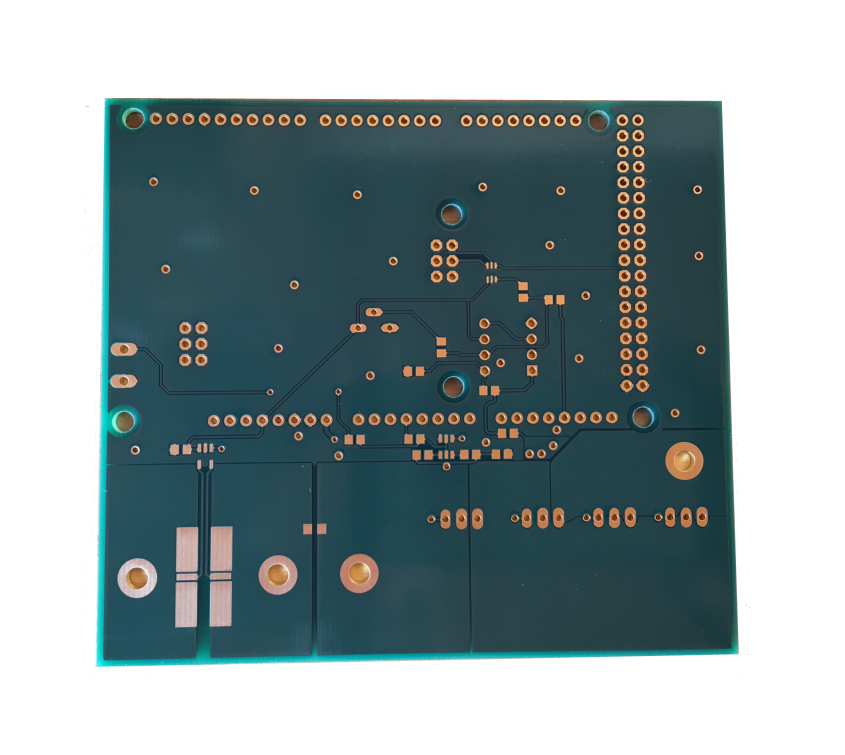
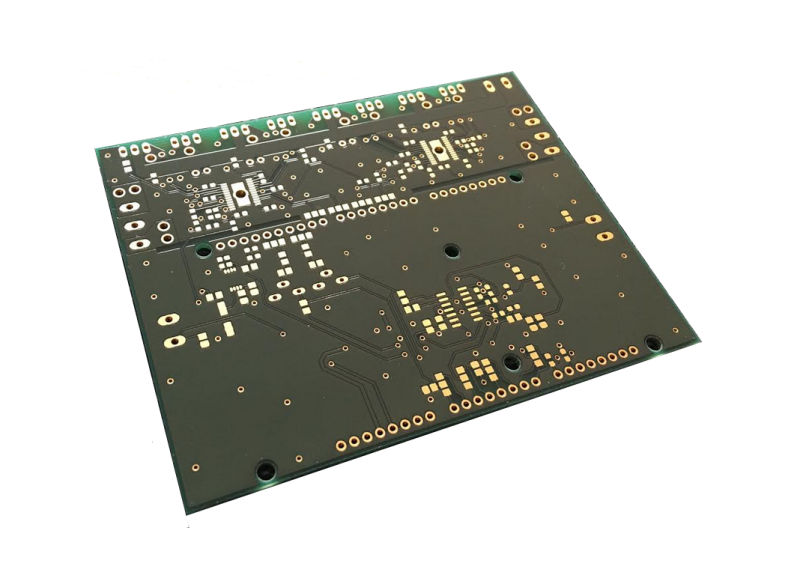


More informations about the project: Laser4DIY and on Heise.de
PCB Designs on Github: Temperature Controller und Laser Driver
Mechanics
Electronics
Software
 : Prototype
: Prototype
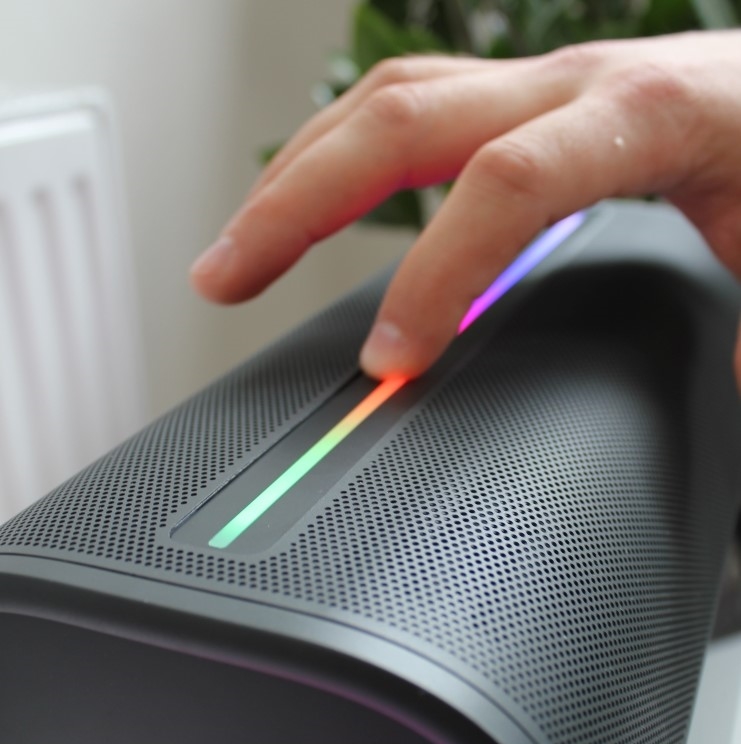
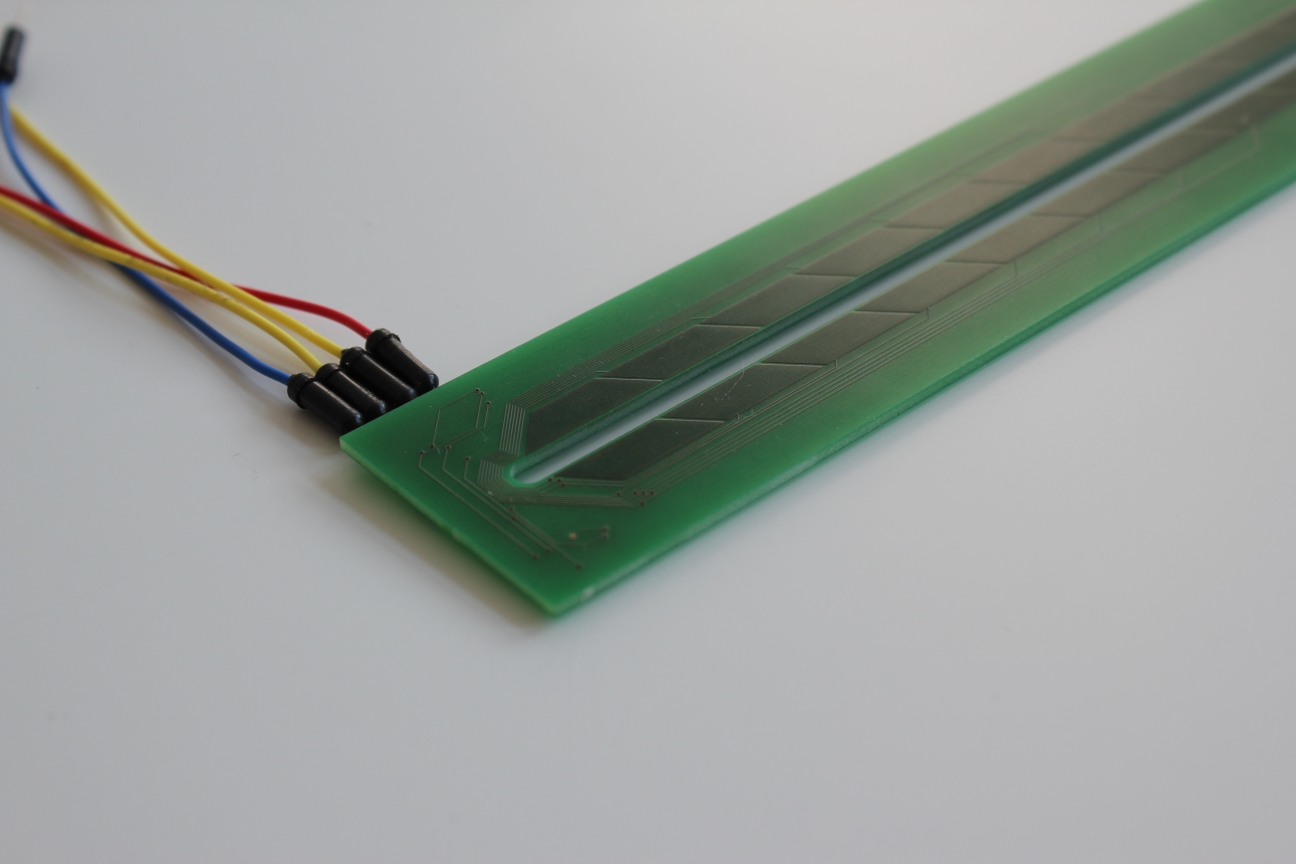
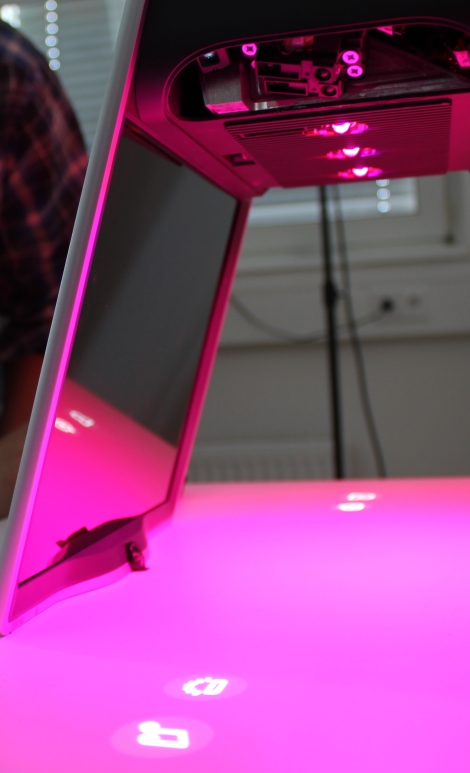
More information about Designit Munich: Designit
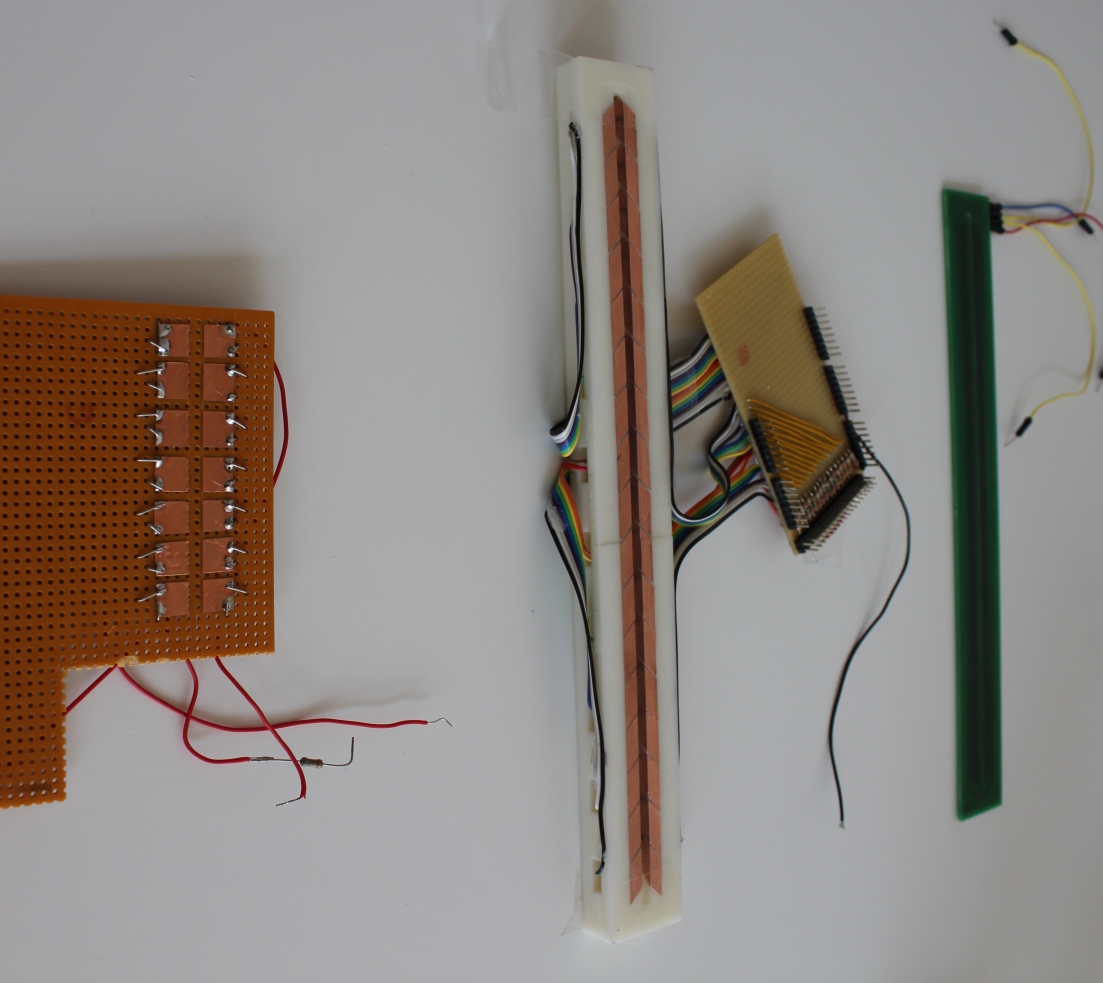
Mechanics
Electronics
Software
 : Prototype
: Prototype
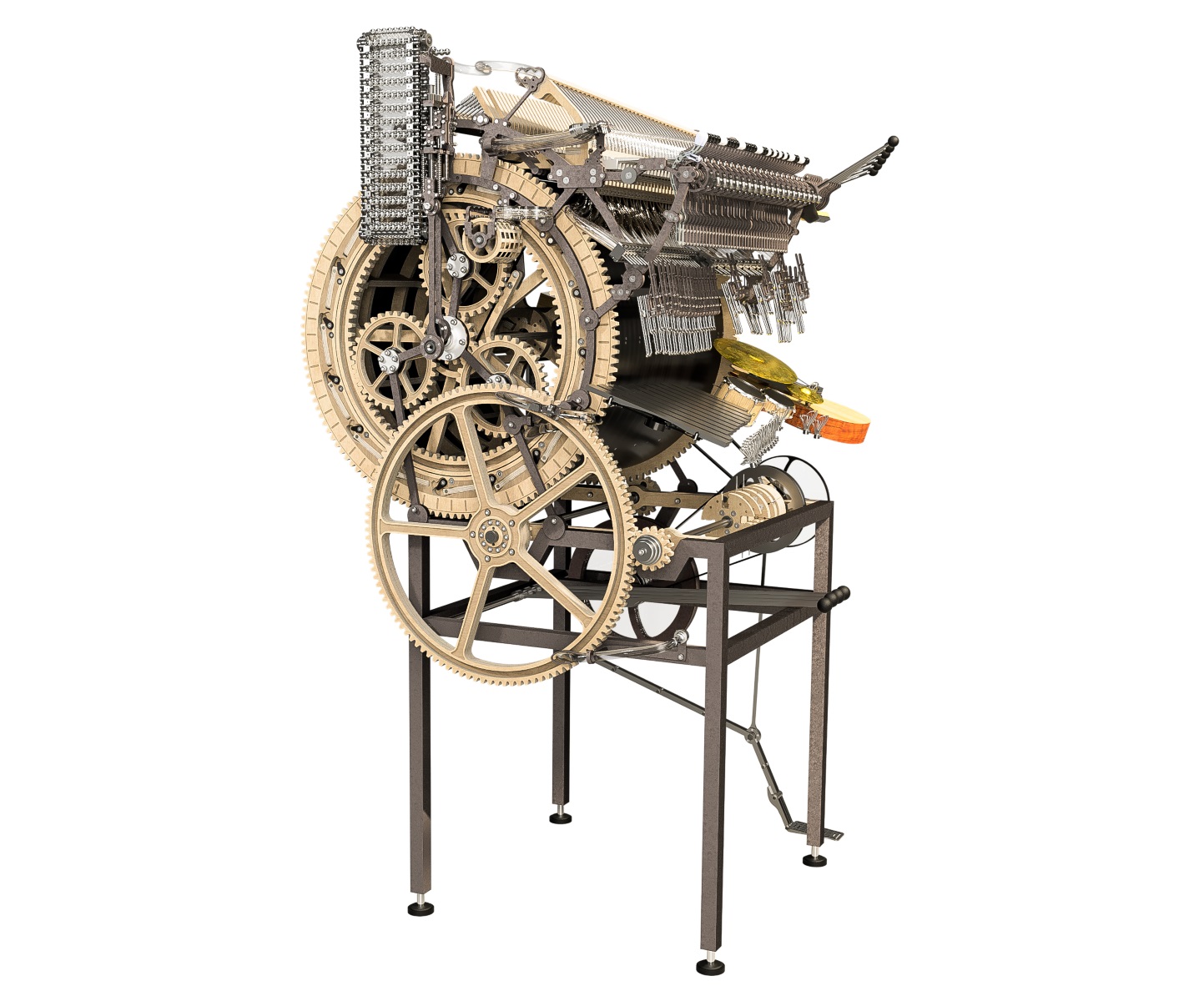
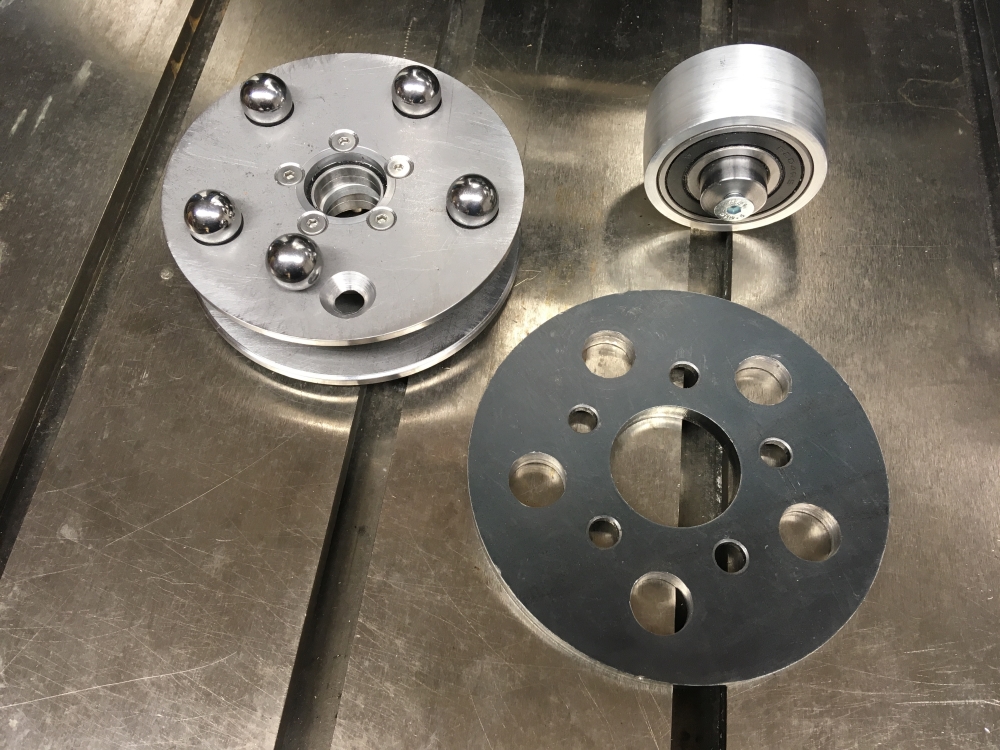
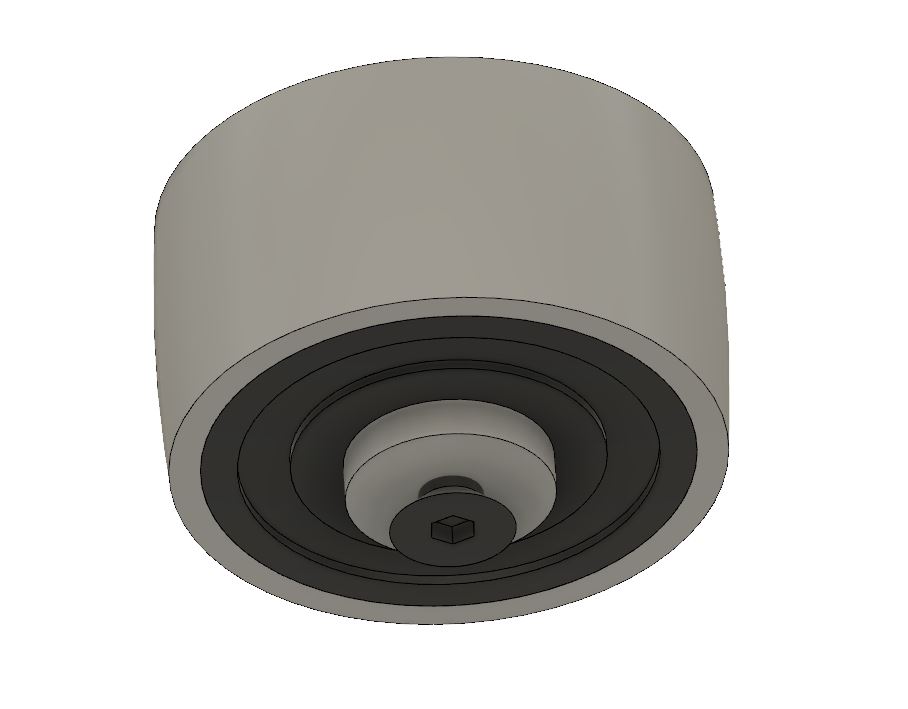
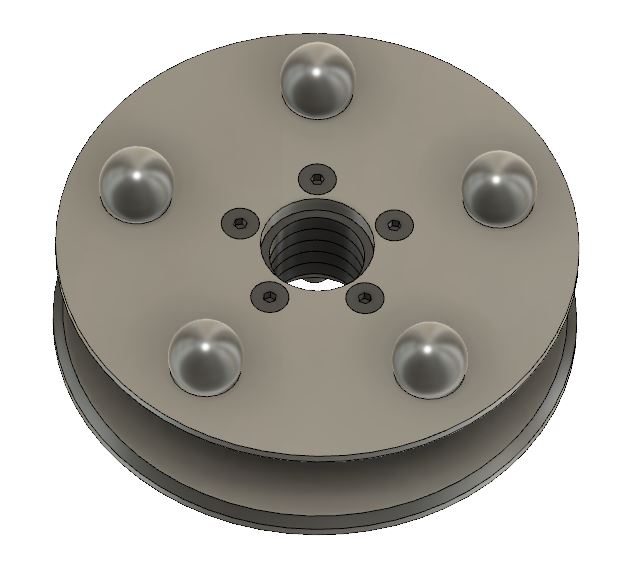
For the band "Wintergatan" several mechanical parts were manufactured and partly also developed for the "Marble Machine X". This is the more durable sucessor of the music instrument "Marble Machine" which got some attention on Youtube:
More information about Wintergatan and the "Marble Machine": Youtube channel
A pulley for the belt tensioning system was manufactured at the lathe. A challenge at the lathe was the crowning of the pulley. Here you can see the CAD construction of the pulley:
Mechanics
Electronics
Software
 : Validation
: Validation
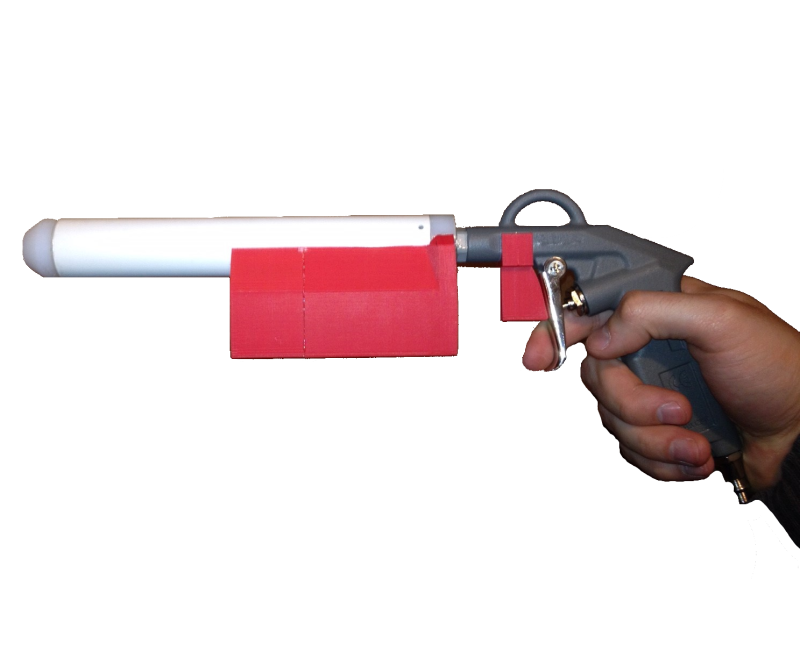
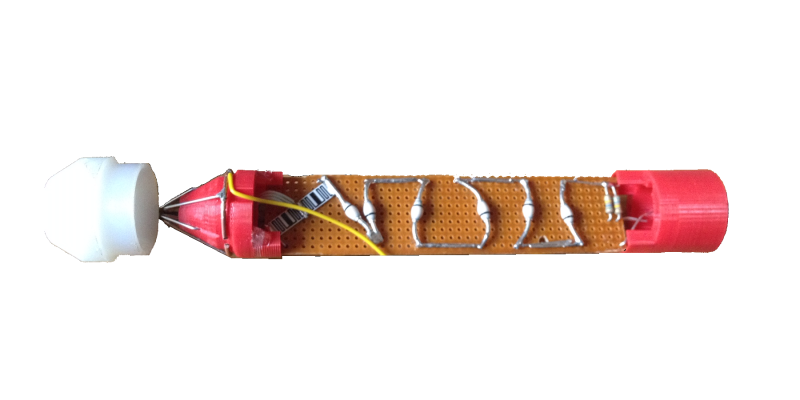
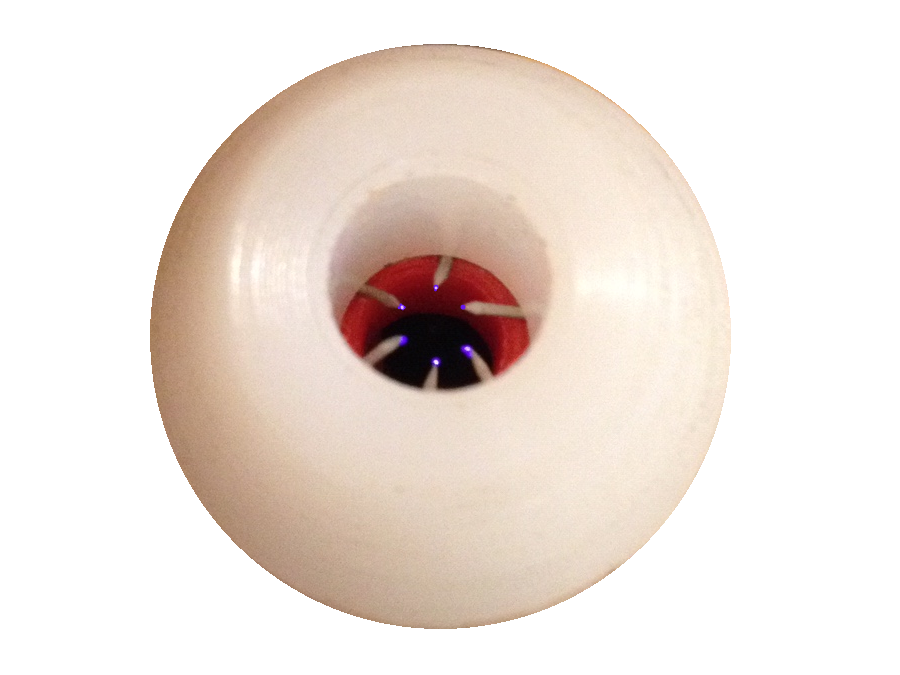
For the company Wematec an air ionizing extension for the pressurized air supply in the cleanroom of the laser development section was developed. This is necessary to prevent buildup of electrostatic charge and therefore protect the sensitive semiconductor components. It is still in use today.
More information about the Wematec GmbH: Wematec
To reliably generate the voltage necessary to ionize the air, a 700V Step-up module was used to power the high voltage cascade, which multiplies the voltage up to about 5kV. This voltage creates corona discharges at the tips of the electrodes and ionizes the air this way. For security reasons a high voltage resistor limits the possible current.
To encapsulate the electronics safely and to mount the device on the existing compressed air gun, a housing was designed and 3D printed. The air nozzle was turned on the lathe and the electrodes were soldered.
Mechanics
Electronics
Software
 : Validation
: Validation
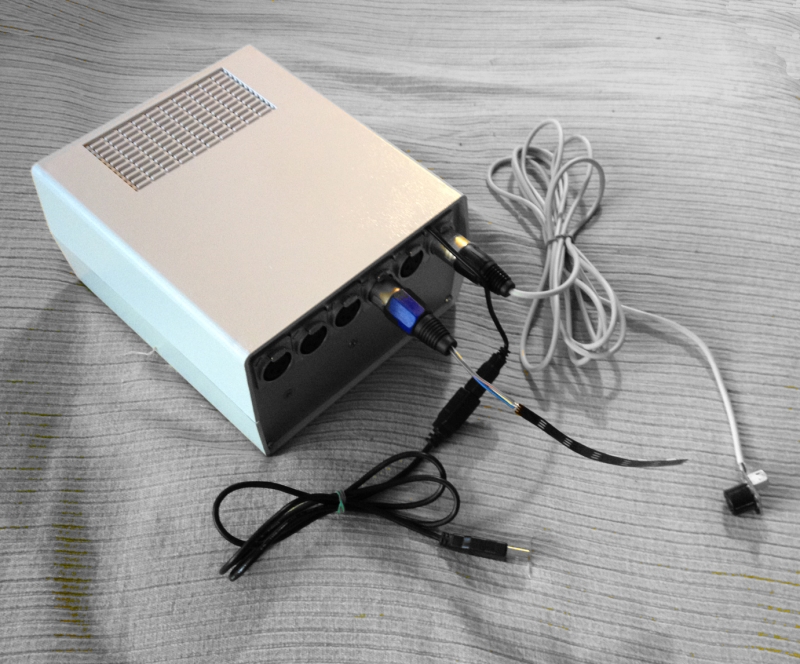
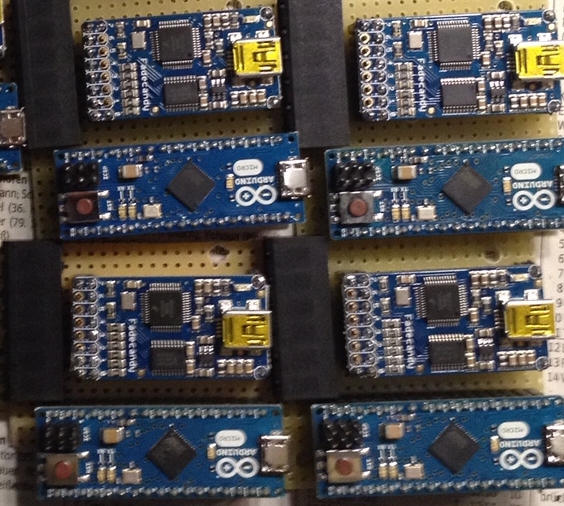
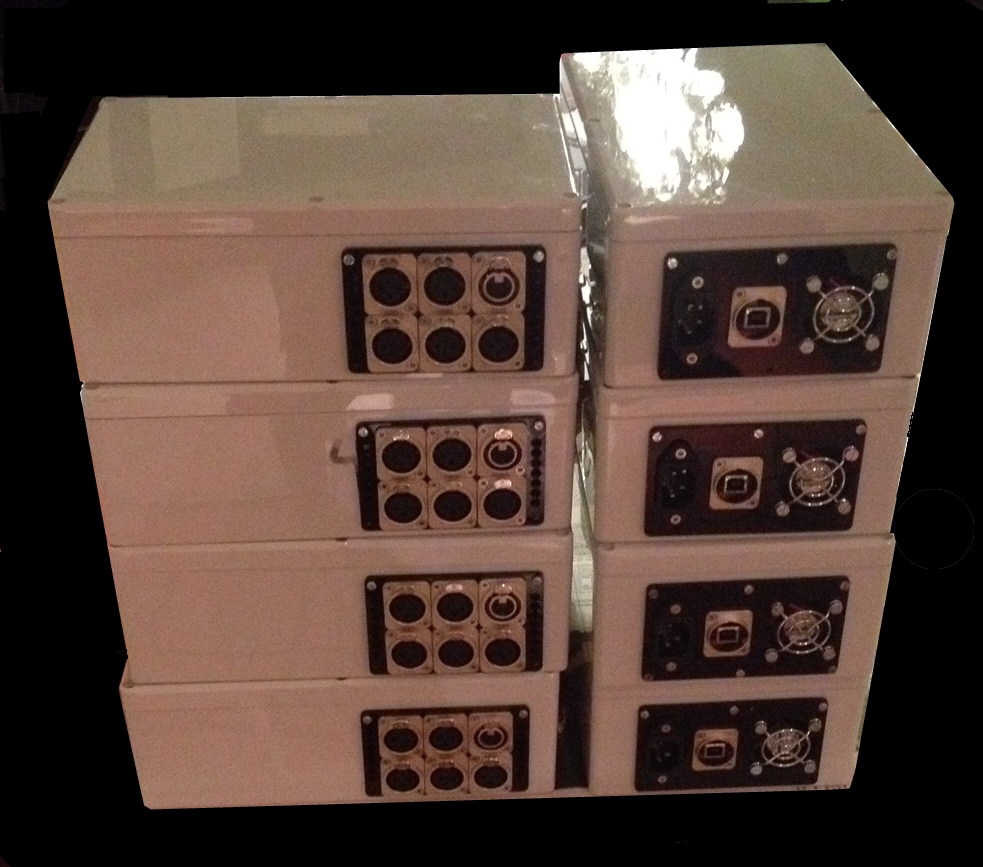
For a big pharmaceutical company a small series LED driver was developed for usage in a trade show booth. The driver should be capable of adressing up to 400 LEDs and also read out an ultrasonic distance sensor over USB for interactivity.
The client wanted to use a "FaceCandy" module from Adafruit for the LEDs and an Arduino for the distance sensor. Therefore the remaining tasks were to choose the right components, the design of the power supply and the cabeling.
To safely store the electronics and to be able to connect and disconnect LEDs and sensors in a trade fair environment robust connectors and housings were used. The necessary cut-outs in the housings were done by laser and router. Eight of these LED drivers were built, tested and used on the booth.
Mechanics
Electronics
Software
 : Validation
: Validation
Information according to § 5 TMG
Operator und Contact:

Phone: 
Email: 